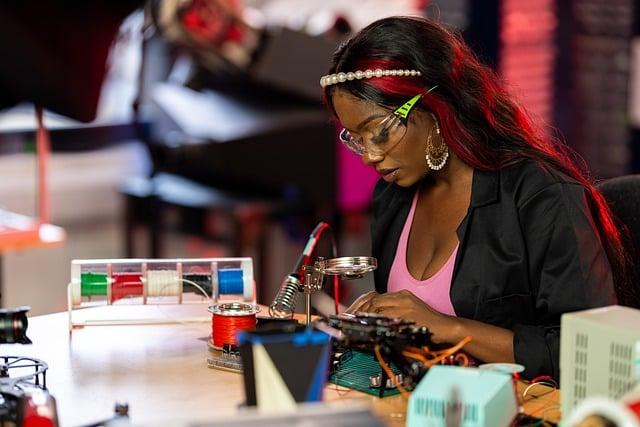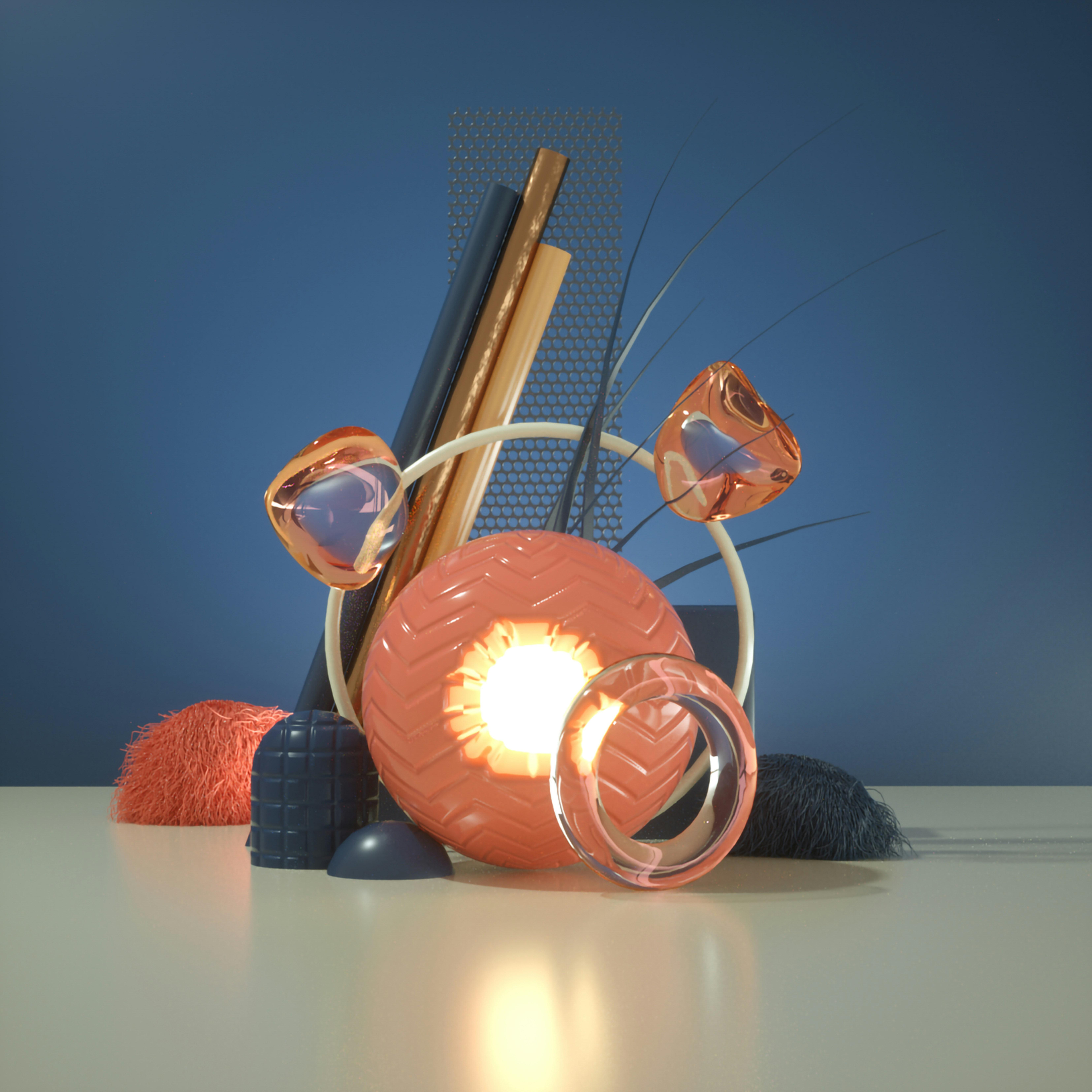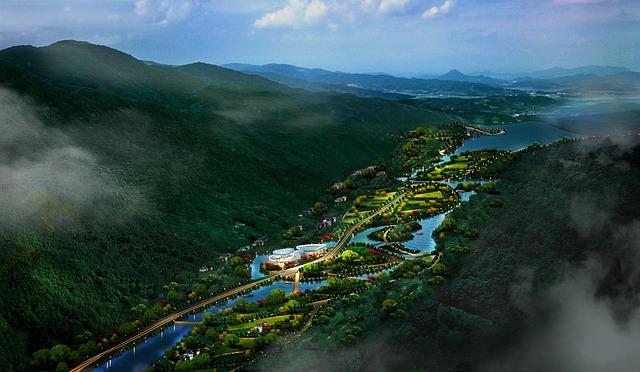In the realm of science fiction cinema, where the boundaries of reality blur into the extraordinary, set design emerges as the unsung hero, crafting worlds that captivate and enthrall. Beyond the visual spectacle lies a meticulous art, a fusion of imagination and precision that breathes life into alien landscapes and futuristic cities. This article delves into the secrets of set design, unveiling the techniques and innovations that transform mere blueprints into immersive realities. Join us as we explore how visionary designers and artisans collaborate to create the tangible wonders that define the sci-fi genre, inviting audiences to journey beyond the stars and into the depths of human imagination.
Crafting Alien Landscapes with Practical Effects
In the world of sci-fi cinema, practical effects breathe life into alien terrains, transforming the surreal into tangible reality. By utilizing a combination of traditional artistry and modern techniques, filmmakers craft landscapes that captivate audiences and immerse them in otherworldly realms. Miniatures play a crucial role, allowing creators to build intricate environments on a manageable scale. These small-scale models, when paired with forced perspective, create illusions of vastness that are both convincing and visually stunning.
Texture and materials are vital in crafting believable alien worlds. By experimenting with unconventional materials such as foam, latex, and even household items, designers can mimic extraterrestrial surfaces. Techniques like matte painting and green screen compositing further enhance these environments, allowing for seamless integration of live-action elements. The synergy of these methods not only adds depth but also ensures that each frame is a testament to the art of storytelling through design.
 Futuristic Technology“>
Futuristic Technology“>
Mastering the Illusion of Futuristic Technology
Crafting believable sci-fi environments hinges on the delicate balance between innovation and familiarity. The key lies in subtly integrating elements that hint at an advanced society while remaining grounded in current reality. Set designers often use a combination of cutting-edge technology and traditional craftsmanship to achieve this balance. Here are some strategies they employ:
- Layered Textures: Using materials that mimic futuristic surfaces, like metallic sheens or holographic finishes, adds depth and intrigue.
- Modular Design: Interchangeable components allow for adaptable sets that can quickly transform, reflecting the fluid nature of future tech.
- Dynamic Lighting: Smart lighting systems simulate environments that react and change, enhancing the illusion of advanced technology.
Incorporating retro-futuristic elements—like vintage dials or analog controls—can also evoke nostalgia while maintaining a forward-looking aesthetic. This duality captivates audiences, making the worlds feel both visionary and tangible.

Balancing Imagination and Authenticity in Design
In the realm of set design for sci-fi films, striking the right balance between imagination and authenticity is crucial. Designers must craft worlds that are fantastical yet believable, ensuring that audiences are transported without being jolted out of the narrative by unrealistic elements. This involves a meticulous blend of creativity and research, where the goal is to create environments that resonate with the audience’s understanding of reality while pushing the boundaries of the possible.
- Research Real-World Inspirations: Designers often draw from existing technologies, architecture, and cultural elements to ground their creations. This could mean studying cutting-edge scientific advancements or ancient civilizations to infuse sets with a sense of familiarity.
- Innovative Material Use: Utilizing unexpected materials in novel ways can add a layer of authenticity. This might involve repurposing everyday objects or experimenting with textures to evoke a futuristic yet tangible atmosphere.
- Collaborative Storytelling: Close collaboration with directors and writers ensures that the design aligns with the narrative, allowing for a cohesive world where every element serves the story.
Ultimately, the magic lies in the details—it’s the subtle integration of the fantastic with the recognizable that makes a sci-fi world both enchanting and credible.

Integrating CGI with Physical Sets for Seamless Worlds
In the realm of sci-fi cinema, the magic lies in the seamless blend of the digital and the tangible. Computer-Generated Imagery (CGI), when integrated with meticulously crafted physical sets, creates worlds that captivate and convince. This fusion begins with a detailed blueprint, where the vision of the digital artists aligns with the hands-on expertise of set designers. By ensuring that lighting, textures, and colors in CGI match those of the physical sets, filmmakers can blur the lines between the real and the virtual.
Key elements in this process include:
- Pre-visualization: Mapping out scenes to ensure cohesion between CGI and physical elements.
- Textural Consistency: Using similar materials and colors to maintain a unified look.
- Lighting Synchronization: Matching light sources to create seamless transitions between CGI and real-world sets.
By carefully orchestrating these components, filmmakers craft environments where audiences can lose themselves, fully immersed in the narrative and visual experience.

